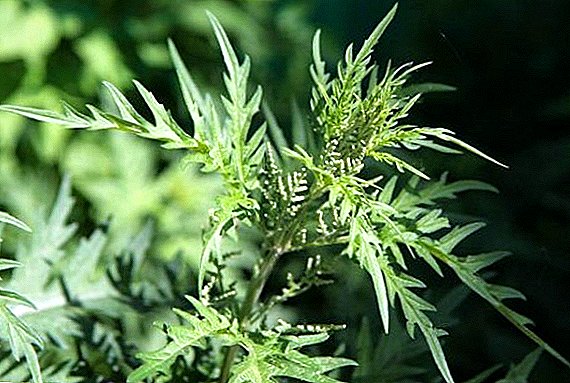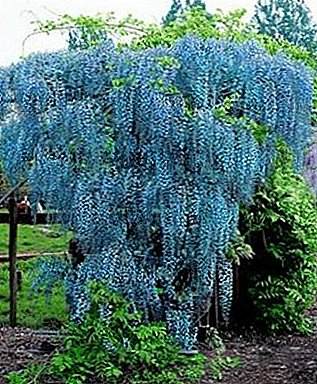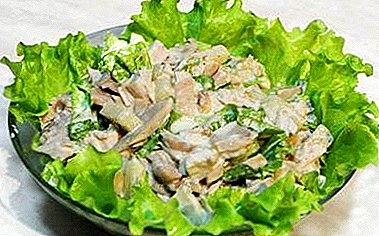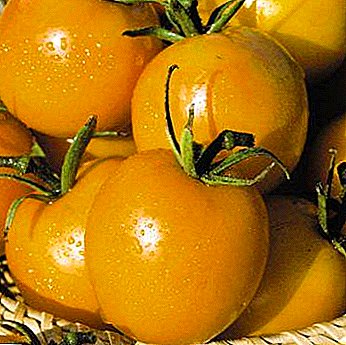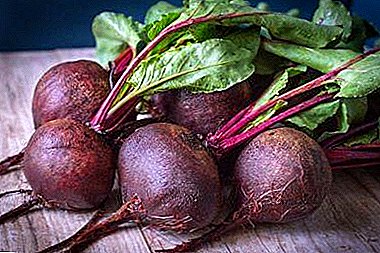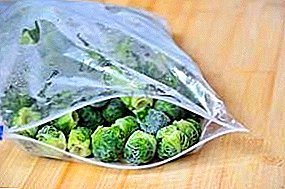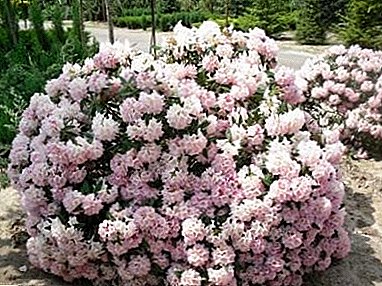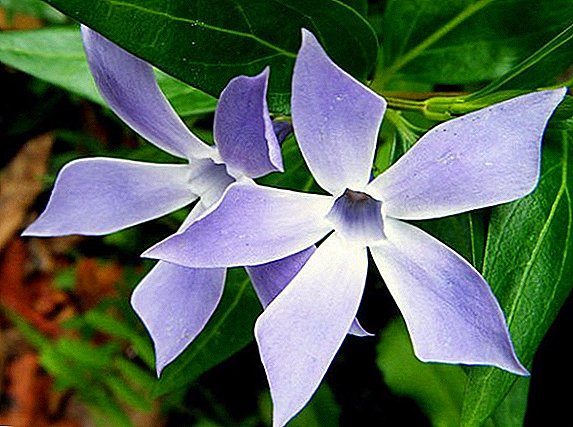 Periwinkle (from the Latin. Vinca - to wrap around, gird) is a perennial grass creeping on the ground or semi-shrub plant, so hardy that in many nations it symbolizes vitality and vitality, able to withstand ailments, evil spirits and the evil eye, and also bring well-being, love and happiness.
Periwinkle (from the Latin. Vinca - to wrap around, gird) is a perennial grass creeping on the ground or semi-shrub plant, so hardy that in many nations it symbolizes vitality and vitality, able to withstand ailments, evil spirits and the evil eye, and also bring well-being, love and happiness.
Wherever the periwinkle grows, also known as "witchcraft violet"! Plants of this species are found in almost all corners of Europe, in Asia and Africa, and have an amazing ability to take root, barely in contact with wet earth. This feature of the plant explains the diversity of its species and varieties, the most popular of which are small, large, pubescent and grassy periwinkle.
Small periwinkle (Vinca minor)
The small periwinkle is a small evergreen, upright or creeping shrub up to 35 cm high. Its creeping stems reach a length of one and a half meters and form a dense beautiful carpet, laying on the ground and rooting in the place of contact with it. The leaves are glossy, elliptical shape. Blue, blue or pale lilac single flowers are located on upright stems in the axils of the leaves. This periwinkle has a flowering period from mid-spring to early fall. The fruit resembles a long arc curved leaf. 
Important! The grass of this plant contains alkaloids that have the ability to reduce and even destroy cancer cells.The area of growth is the central regions of Ukraine, the Carpathians and the Caucasus, as well as Moldova, Belarus, Russia and the Baltic countries.
Vegetatively propagated. It grows mainly in deciduous (oak, hornbeam and mixed) forests, on forest edges, in ravines, steppe slopes, clearings, and also in river valleys, where there is a lot of light and heat. In addition to wildlife, this plant is very popular among summer residents and is perfectly acclimatized in household plots; it is used not only for decorative purposes, but also for medicinal purposes.
Did you know? Small periwinkle is the most famous and popular type of periwinkle, it is about him that numerous legends and parables are made, he is the hero of folklore and a constant participant in various Ukrainian rituals.
 Small periwinkle is very widely used in medicine - both traditional and folk. Preparations based on this plant are used as a vasodilator, sedative, antimicrobial, sedative, hemostatic and astringent. The substances contained in the plant are used to treat hypertensive diseases, tachycardia, cerebral vasospasm, various types of neurosis and other diseases of the nervous system and psyche, up to depression and schizophrenia.
Small periwinkle is very widely used in medicine - both traditional and folk. Preparations based on this plant are used as a vasodilator, sedative, antimicrobial, sedative, hemostatic and astringent. The substances contained in the plant are used to treat hypertensive diseases, tachycardia, cerebral vasospasm, various types of neurosis and other diseases of the nervous system and psyche, up to depression and schizophrenia.
Vinca medications are effective for various otolaryngic and eye diseases, especially those caused by infections and circulatory disorders. Breeders have deduced several varieties of Vinca minor, among which the most famous are:
- Alboplena, distinguished by white small flowers, double in structure;
- Argenteo-variegata - a plant with very beautiful large leaves of bright green color with beige-white splashes and blue flowers growing in inflorescences;
- Atropurpurea - periwinkle with very bright purple-red flowers;
- Emily - white flowers;
- Bowles' Variety, characterized by a particularly long flowering period and rich color of flowers.
Vinca major
Greater periwinkle is much less known than its "little fellow", although no less sympathetic.  This is a larger shrub found in Eurasia and North Africa, growing in the wild and in the domesticated form.
This is a larger shrub found in Eurasia and North Africa, growing in the wild and in the domesticated form.
The leaves of the greater periwinkle are longer and wider than those of the small, with a shape similar to a heart. If the small periwinkle they are glossy, then the large - matte. Flowers have a lilac shade and larger.
Great periwinkle also spreads with thin stems and takes root in the nodes, forming a dense coating (however, this type of periwinkle grows rather slowly).
In general, the plant is quite shade tolerant, but can grow in sunny places. Much more great periwinkle whimsical to the prosperity of moisture and soil fertility.
The most interesting variety of large periwinkle is Vinca major Variegata, in 2002 awarded the Royal Horticultural Society of Great Britain Award of Garden Merit. It is known for the absence of flowers and motley leaves of an egg-shaped form, decorated with white patches and border, and sometimes completely white leaves are found.
This subspecies does not form a carpet and less like a bush.
Vinca pubescens
This type of periwinkle is most often found in humid wooded areas of the Caucasus and, unlike the two previous varieties, it is practically not cultivated by gardeners. As described earlier varieties, the plant is able to spread out a dense carpet in a fairly extensive area. Flowers blue, medium size, rising on a long stalk. Appear in late spring - early summer, the total flowering period - 25-30 days.  Periwinkle pubescent poorly tolerates frost and sheds foliage for the winter. Needs shelter from frost.
Periwinkle pubescent poorly tolerates frost and sheds foliage for the winter. Needs shelter from frost.
Periwinkle herbaceous (Vinca herbacea)
Unlike large and small periwinkle, this species is not a shrub, although its stems are also capable of climbing along the ground or rising above it. It has 2 types of leaves: from below - round or ovate, from above - oblong, pointed, covered with edges with a rough cannon. It blooms in late spring - early summer with small blue-violet flowers, the petals are sharp.
Grassy periwinkle is found in Ukraine and the Caucasus. Like the small periwinkle, this plant contains a large number of alkaloids that help lower blood pressure. Used in medicine, showed a good effect in the treatment of gastric ulcers. 
Important! Grassy periwinkle contains cardiac poison, which, like curare poison, can block the transmission of nerve impulses from motor nerves to muscles and relax skeletal muscles. Therefore, the plant should be handled with the utmost care.
Just as the periwinkle is pubescent, this variety does not tolerate frosts, therefore it often dies in winter.
Vinca Rose (Vinca rosea)
The homeland of periwinkle pink, better known under the name Qarantus, is considered to be the island of Madagascar. It also grows in India, Indochina, the Philippine Islands, Cuba and other exotic corners of the world.
In the Soviet period, began to be cultivated in Georgia, Kazakhstan and Kuban.
This is a very beautiful evergreen shrub with upright stems up to 60 cm in height. Small flowers pink (from pale to bright), less often - white shades are located in the axils of the upper leaves.  As a result of selection of several varieties of pink periwinkle, such hybrids were bred:
As a result of selection of several varieties of pink periwinkle, such hybrids were bred:
- Grape Cooler, whose flowers are purple with a pink eye,
- Peppermint Cooler - a red peephole against a white flower,
- First Kiss is a whole series of varieties with more than a dozen different shades.
Did you know? Pink periwinkle, as well as its small "relative" has proven properties to negatively affect cancer cells, and therefore on its basis are made various anticancer drugs.
Periwinkle in the wild is represented by a dozen different varieties, however, the plant has achieved the greatest variety of forms, colors, growing conditions, period and duration of flowering, thanks to many years of breeders' efforts.


